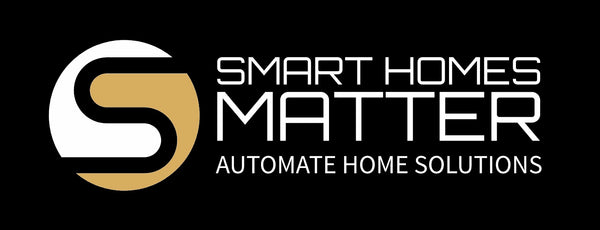
Smart home solutions to use a Zigbee hub or WiFi and no hub?
Share
Zigbee smart home networks require a hub, WiFi smart home networks only require a WiFi router. The common question on everyone's lips is "do I need to add a hub?"
This is a complex question but we are going to try and simplify it as much as possible.

Smart home systems all run on some form of network (a group of devices that talk to each other). WiFi smart home devices run on your home WiFi network and do not require a separate hub which is also called a controller, however although this sounds simple it also means all the smart home devices in your home; lights, switches, cameras, door bells, various sensors, electric blinds, watering systems etc etc are all competing for band-width with every other WiFi device and service in your home like Netflix streaming movies, Spotify streaming music, Xbox gaming devices, Facetime, Instagram, TikTok etc. This band-width is traffic waiting for a lane on a busy hi-way on-ramp getting slowed down the more devices and services looking for a lane. Unfortunately WiFi smart devices can only communicate directly with the WiFi router "controller" so when a smart home is using the WiFi as it's network, every time you add a new; light, switch or thermostat the WiFi network slows down a bit. A typical smart home with smart lights and switches may have 100 - 200 devices, throw in the kids on Xbox, someone watching a movie and another person on TikTok and things can really slow down.
On the other hand if you build your smart home based on Zigbee devices then most of your smart home devices like lights, switches, door bells, various sensors, electric blinds, watering systems etc can run on their own network that does not affect the speed or traffic of the WiFi network. This Zigbee network is connected to the WiFi router but only needs to access it for functions that are outside the home network such as allowing you to control the Zigbee network with your phone app. But all the little things like running local automations controlling lights, switches, door bells, electric blinds, watering systems, receiving instruction from sensors can all run without even needing access to the WiFi and Internet so if the Internet goes down then the local connected devices will continue to function and perform their duties.
Can I just use Zigbee for everything?
Zigbee has its definite advantages with devices that don't require large data transfer such as lights, switches, sensors, and there are thousands of Zigbee devices from hundreds of manufacturers however when you want to transfer large amounts of data like video or audio from devices like cameras then you would use WiFi. The two systems function in harmony in the same home with Zigbee doing what it does best and WiFi doing what it does best giving you the best of both worlds.
If WiFi devices communicate directly with the WiFi router, how does Zigbee communicate?

Zigbee was created with home automation in mind and devices are managed by a hub known as a controller, they come in two types, end devices and router or sharing devices, put simply if the device is wired to the power like lights and power switches then it is likely a router device and will share the zigbee signal with other zigbee devices. The other device type is an end device which are usually battery powered and only receive and send information about their function such as a door sensor will send information to the controller through the Zigbee network when the door is open or closed.
Because all the powered devices act as routers the battery device only needs to send its data to the nearest powered device and that data is then passed back to the controller through the Zigbee "mesh" network of devices. This means you can have a small battery device that is a long way from the controller hub but can still communicate efficiently by the router devices sharing the data back to the controller. And if a router device fails then the system will find a new route to share the data, this is known as a self healing network and all this happens at the speed of light with full security encryption between each data transfer.
Again this is a very simplified explanation of a complex system, but the user does not need to know about the complexities as all the smart stuff is done in the background by the hub that is controlling the Zigbee network and talking with the WiFi network only when it needs to so freeing up your WiFi for all the fun stuff.
One more quick point, if you move house and leave your smart home network to the new owners, all you do is unplug the hub from the WiFi router, and the new owners plug it into their WiFi router, you send them a transfer home link to your smart home app and when they accept they have full access to everything in the home without having to reset every device as you would if running WiFi devices.
If you found this article helpful, please drop us a positive comment.
For further reading about Zigbee tap here
Smart Homes Matter Pty Ltd

2 comments
Very informative article. Great work.
Thank you
it was helpful thanks.